Living a minimalist lifestyle can be a refreshing change from the constant clutter and chaos that often accompanies our daily lives.
Minimalism is not just about decluttering your physical space, but also about simplifying your life by being intentional with your possessions, time, and energy. By embracing minimalism, we can create a more meaningful and fulfilling life.
Understanding minimalism is the first step to adopting a minimalist lifestyle. At its core, minimalism is about living with intention and purpose. It’s about focusing on what truly matters and letting go of the excess. Minimalism is not just about owning less, but about creating space for the things that truly bring us joy and fulfillment.
Getting started with minimalism can seem overwhelming, but it doesn’t have to be. By taking small steps and being intentional with our choices, we can gradually transition to a minimalist lifestyle. Decluttering our space is a great first step, but it’s important to also adopt a minimalist mindset and incorporate practical minimalism into our daily lives. With time and practice, we can sustain our minimalist lifestyle and reap the benefits of a simpler, more intentional life.
Key Takeaways
- Minimalism is about living with intention and purpose
- Getting started with minimalism involves small steps and a gradual transition
- Sustaining a minimalist lifestyle requires adopting a minimalist mindset and incorporating practical minimalism into daily life
Understanding Minimalism
Minimalism is a lifestyle that emphasizes living with less. It is about simplifying our lives and focusing on the things that truly matter. In this section, we will explore the philosophy of minimalism and the benefits it can bring to our lives.
The Philosophy of Minimalism
At its core, minimalism is about reducing the clutter in our lives. This includes physical clutter, such as possessions we no longer need or use, as well as mental clutter, such as negative thoughts and emotions. By simplifying our lives, we can create more space for the things that truly matter, such as our relationships, our passions, and our personal growth.
Minimalism is also about adopting a mindset of mindfulness and intentionality. Instead of mindlessly consuming, we learn to be more intentional about the things we bring into our lives. We focus on quality over quantity, and we value experiences over possessions. By doing so, we can cultivate a greater sense of fulfillment and purpose in our lives.
Benefits of Minimalism
Living your quest of how to live a minimalist lifestyle can bring a wide range of benefits to our lives. Here are just a few:
- Reduced stress: By simplifying our lives, we can reduce the stress and overwhelm that often come with a cluttered and chaotic lifestyle.
- More time: When we eliminate the things that don’t serve us, we create more time and space for the things that do. This can include spending time with loved ones, pursuing our passions, or simply relaxing and enjoying the present moment.
- Greater happiness: By focusing on the things that truly matter, we can cultivate a greater sense of happiness and fulfillment in our lives.
Getting Started with Minimalism
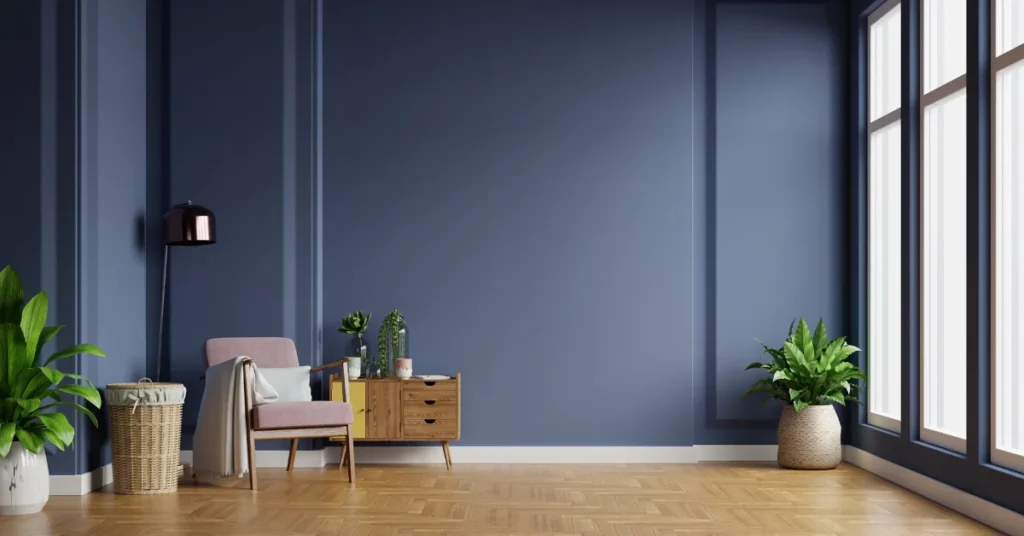
If you’re interested in living a minimalist lifestyle, it can be overwhelming to know where to start. Here are some steps to help you get started on your journey to how to live a minimalist lifestyle.
Assessing Your Current Lifestyle
The first step to becoming a minimalist is to assess your current lifestyle. Take a look at your possessions, your schedule, and your habits. Ask yourself what is truly necessary and what is simply clutter or excess. Consider what activities and possessions bring you joy and fulfillment, and what doesn’t. This assessment will help you identify areas where you can simplify your life.
Defining Your Minimalist Goals
Once you’ve assessed your current lifestyle, it’s time to define your minimalist goals. Consider what you want to achieve through minimalism. Is it to reduce stress and increase free time? To save money? To have a greater sense of purpose and intention in your life? Whatever your goals, be specific and realistic. This will help you stay focused and motivated as you work towards how to live a minimalist lifestyle.
Becoming a Minimalist
Becoming a minimalist is a process, not an overnight transformation. It’s important to start small and make intentional changes. Prioritize what’s most important to you and commit to making changes in those areas first. Don’t try to do everything at once, or you may become overwhelmed and give up. Instead, focus on making small, sustainable changes that will lead to a simpler, more intentional life.
By assessing your current lifestyle, defining your minimalist goals, and making intentional changes, you can start answering how to live a minimalist lifestyle that aligns with your priorities and commitments. Remember, minimalism looks different for everyone, so don’t compare yourself to others. Focus on what works for you and enjoy the benefits of a simpler, more intentional life.
Decluttering Your Space
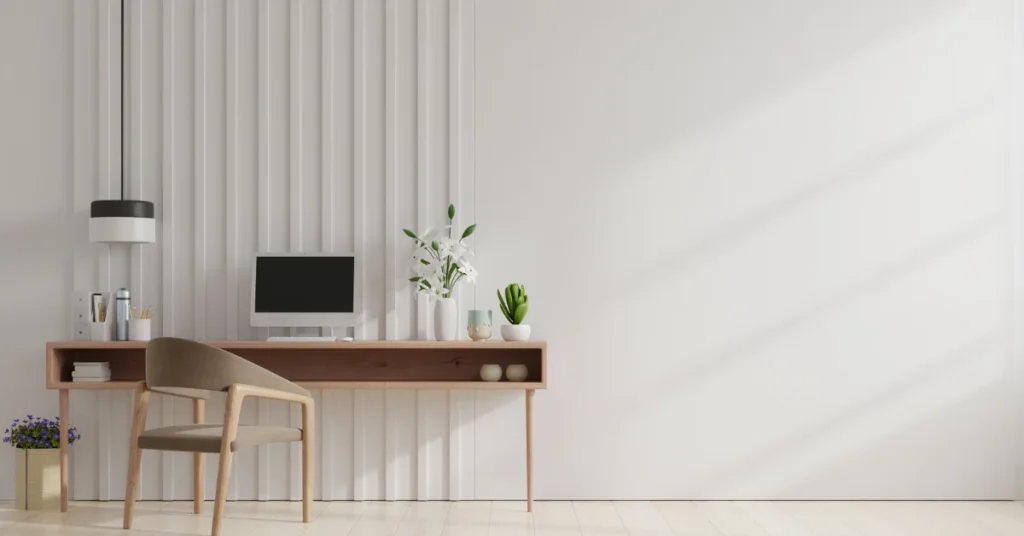
When it comes to the question of how to live a minimalist lifestyle, one of the most important steps is decluttering your space. This means getting rid of anything that you don’t need or use, and organizing the things that you do. Here are some tips to help you declutter your space and maintain a clutter-free home.
The Decluttering Process
The first step in decluttering your space is to go through all of your possessions and decide what to keep and what to get rid of. This can be a difficult process, especially if you have a lot of sentimental items or things that you haven’t used in a while.
To make the process easier, start by creating three piles: one for things to keep, one for things to donate or sell, and one for things to throw away. Be honest with yourself about what you really need and use, and try not to hold onto things just because you think you might need them someday.
Organizing Your Possessions
Once you’ve decluttered your space, it’s important to organize the things that you’ve decided to keep. This will help you to find things more easily and keep your space looking neat and tidy.
One way to organize your possessions is to use storage containers and labels. This can be especially helpful for things like paperwork, craft supplies, or small items that tend to get lost easily.
Another tip is to create designated spaces for your belongings. For example, you might have a specific drawer for your socks, or a shelf for your books. This can help you to keep things organized and prevent clutter from building up again.
Maintaining a Clutter-Free Home
Finally, it’s important to make an effort to maintain a clutter-free home once you’ve decluttered and organized your space. This means regularly going through your possessions and getting rid of anything that you no longer need or use.
It also means being mindful of what you bring into your home. Before buying something new, ask yourself if you really need it and if it will add value to your life. By being intentional about what you own and how you organize it, you can create a clutter-free home that supports your quest of how to live a minimalist lifestyle.
Minimalist Living Spaces
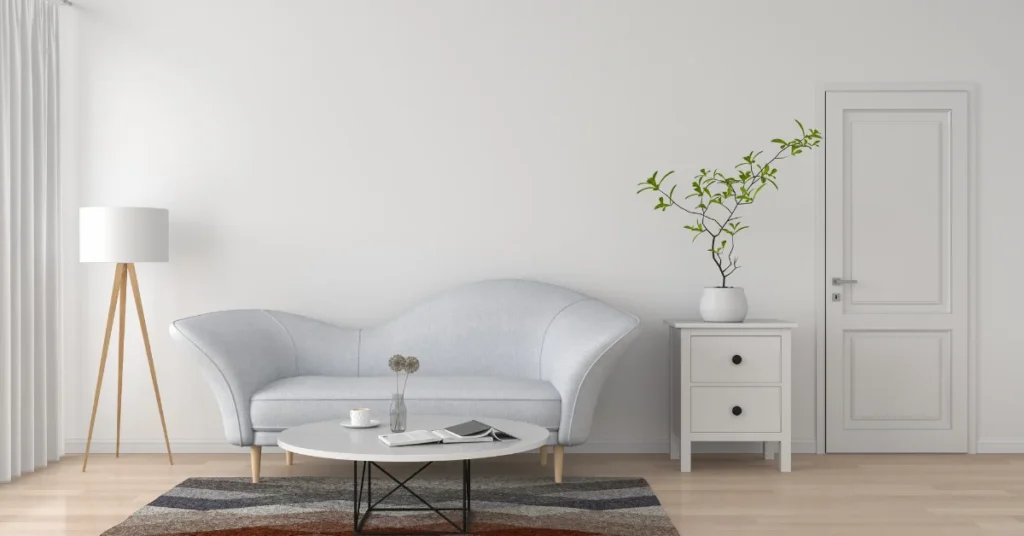
Designing a Minimalist Home
Designing a minimalist home involves making intentional choices about what items to keep and what to get rid of. This often involves downsizing and getting rid of excess possessions that are not necessary or do not bring us joy. When it comes to furniture, we should aim for simple and functional pieces that serve a purpose without taking up too much space.
We can also use color and lighting to create a minimalist atmosphere. Neutral colors such as white, beige, and gray can help create a calming and uncluttered space. Natural lighting is also important, as it can make a room feel more spacious and open.
Minimalist Wardrobe
A minimalist wardrobe is one that consists of a few high-quality pieces that can be mixed and matched to create multiple outfits. When creating a minimalist wardrobe, we should focus on versatile pieces that can be worn in different settings and seasons.
We should also aim to get rid of items that we no longer wear or do not fit properly. This can be a difficult process, but it is important to be honest with ourselves about what we actually need and use.
Sustainable and Eco-Friendly Choices
Living a minimalist lifestyle often goes hand in hand with making sustainable and eco-friendly choices. When it comes to our living spaces, we can choose to use eco-friendly materials such as bamboo, cork, and recycled glass. We can also aim to reduce our energy usage by using energy-efficient appliances and lighting.
In our wardrobes, we can choose to buy clothing made from sustainable materials such as organic cotton and bamboo. We can also aim to buy second-hand clothing or rent clothing for special occasions, rather than always buying new items.
How to Live a Minimalist Lifestyle
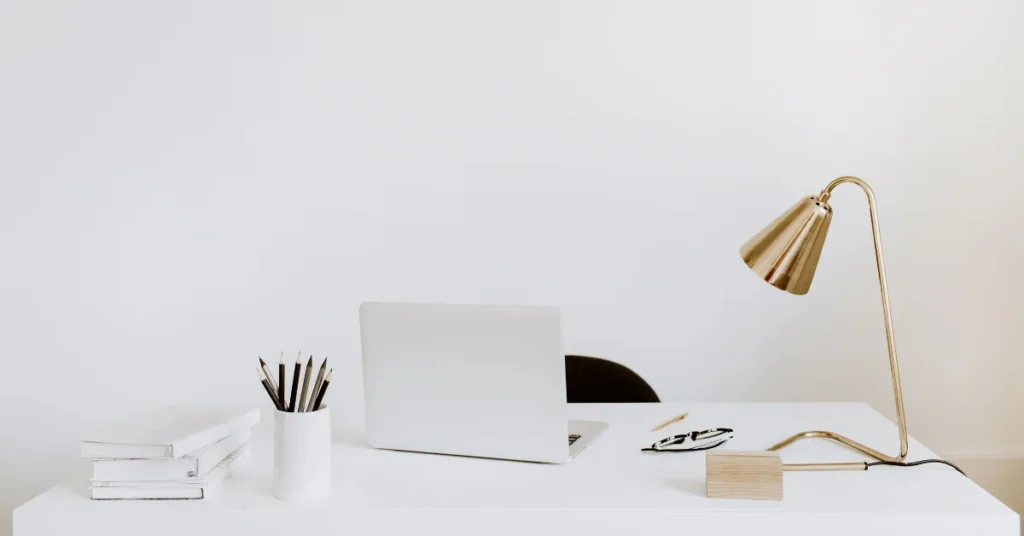
Living a minimalist lifestyle requires more than just decluttering your physical space. It requires a shift in mindset towards intentional living and prioritizing what truly matters. Here are some practical steps to help you adopt a minimalist mindset:
Simplifying Your Schedule
Our schedules can easily become cluttered with obligations and activities that don’t align with our values or bring us joy. To simplify our schedules, we need to prioritize and eliminate unnecessary commitments. This means learning to say “no” to invitations and requests that don’t serve us, and creating space for rest and rejuvenation.
Intentional Relationships and Social Life
Minimalism is not just about simplifying our possessions, but also our relationships. We need to be intentional about the people we surround ourselves with and the activities we engage in. This means cultivating relationships that align with our values and bring us joy, and letting go of toxic or draining relationships.
Cultivating Contentment
Minimalism is not just about getting rid of things, but also about cultivating contentment with what we have. This means practicing gratitude and focusing on what we do have, rather than what we lack. It also means being mindful of our consumption habits and avoiding the trap of constantly seeking more.
By simplifying our schedules, cultivating intentional relationships, and practicing contentment, we can adopt a minimalist mindset that will help us live a more intentional and fulfilling life.
Practical Minimalism in Daily Life
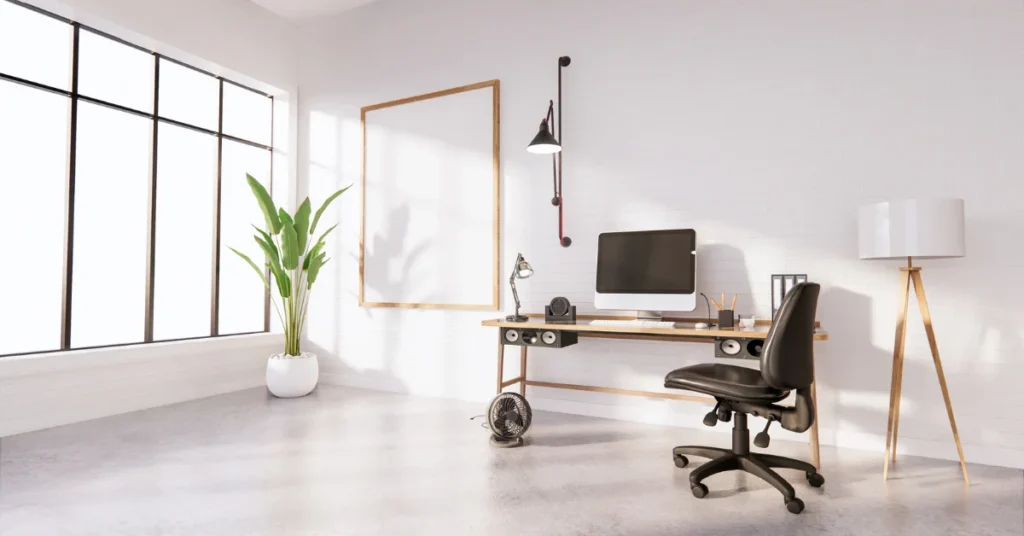
Minimalism and Finances
Your quest on how to live a minimalist lifestyle can have a significant impact on our finances. By embracing minimalism, we can focus on what is essential and avoid spending money on things that we do not need. This can help us create a budget and save money for the things that are truly important to us.
One way to practice minimalism in our finances is to adopt a “one in, one out” policy. For example, if we buy a new shirt, we should get rid of an old one. This helps us avoid accumulating unnecessary items and keeps our spending in check.
Minimalist Travel
Minimalism can also be applied to our travel experiences. By traveling with less, we can focus on the experiences rather than the material possessions. This can lead to a more fulfilling and meaningful trip.
To achieve minimalist travel, we should pack only the essentials and avoid overpacking. We can also opt for budget accommodations and transportation to save money and reduce our environmental impact.
Living with Less Every Day
Living with less can give us a sense of freedom and financial freedom. By simplifying our possessions, we can reduce clutter and create a more organized and peaceful living space.
To practice living with less, we should declutter regularly and avoid buying unnecessary items. We can also focus on experiences rather than material possessions, such as spending time with loved ones or enjoying outdoor activities.
Overcoming Challenges
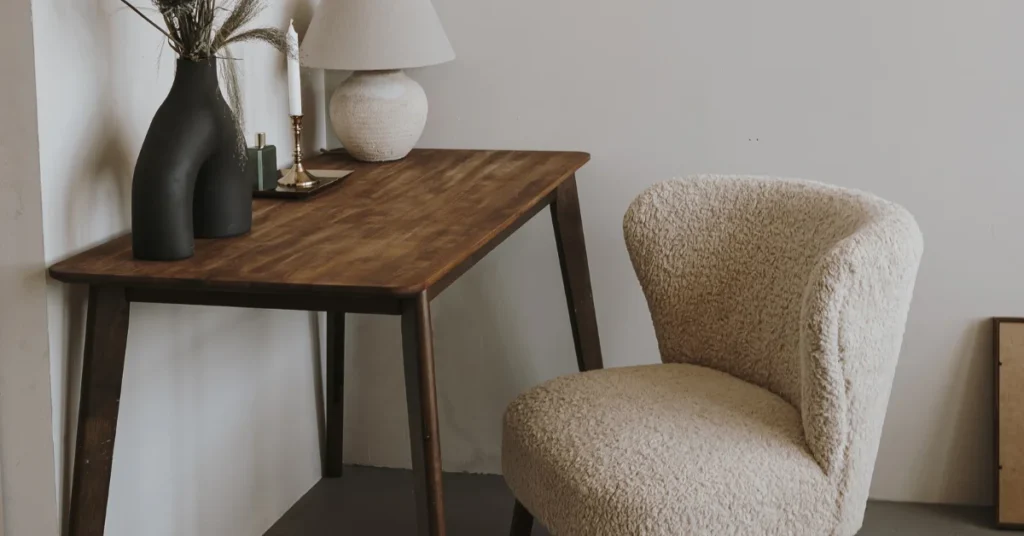
Living a minimalist lifestyle can be challenging at times, especially when we are surrounded by a non-minimalist society. However, with the right mindset and approach, we can overcome these challenges and stay on track towards our minimalist goals.
Dealing with Non-Minimalist Society
Living in a society that values consumerism and material possessions can make it difficult to stick to a minimalist lifestyle. We may feel pressured to keep up with the latest trends or to accumulate more things than we need. To overcome this challenge, we can focus on our own values and priorities, and remind ourselves of the benefits of how to live a minimalist lifestyle.
It can also be helpful to surround ourselves with like-minded individuals who share our values and can provide support and encouragement. We can seek out minimalist communities online or in-person, attend events or workshops, or even start our own minimalist group.
Handling Sentimental Items
One of the biggest challenges of how to live a minimalist lifestyle is dealing with sentimental items. These can be items that hold emotional value or memories, but may not necessarily serve a practical purpose in our daily lives. To overcome this challenge, we can take a mindful approach to decluttering and consider the true value and purpose of each item.
We can also find creative ways to honor and preserve the memories associated with sentimental items, such as taking photos or creating a memory box. By letting go of physical possessions, we can make space for more meaningful experiences and relationships in our lives.
Staying Motivated
Maintaining your journey on how to live a minimalist lifestyle requires ongoing commitment and motivation. We may face setbacks or temptations to stray from our minimalist goals. To stay motivated, we can set realistic goals and track our progress, celebrate our successes, and learn from our mistakes.
It can also be helpful to establish daily routines and habits that support our minimalist lifestyle, such as practicing gratitude, mindfulness, or meditation. By focusing on the present moment and our values, we can stay motivated and committed to our minimalist journey.
Advanced Minimalist Techniques
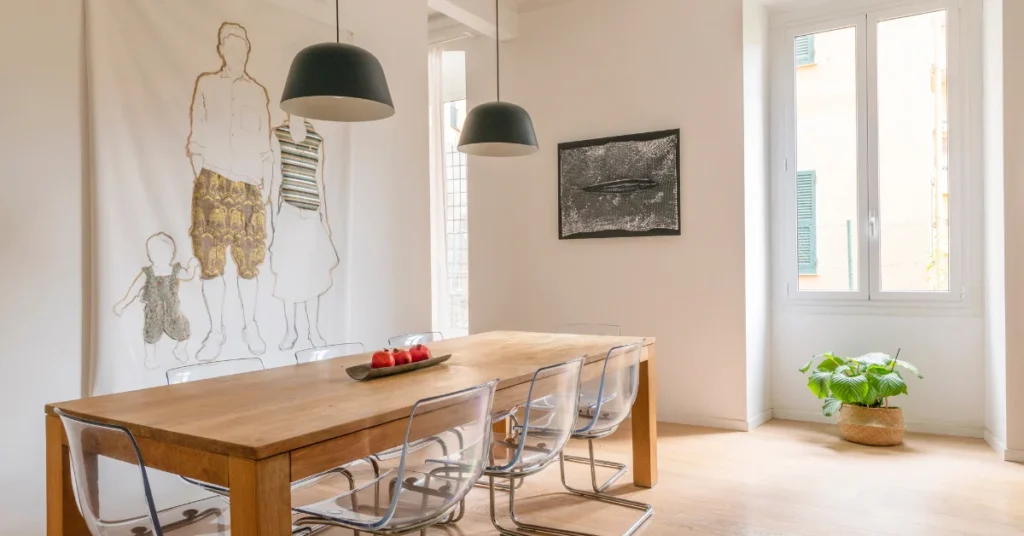
As we continue to simplify our lives, there are advanced techniques that can take our minimalist journey to the next level. In this section, we will explore some of these techniques and how they can help us live a more intentional and fulfilling life.
Creating a Capsule Wardrobe
A capsule wardrobe is a minimalist approach to fashion that involves having a small collection of versatile and timeless pieces that can be mixed and matched to create a variety of outfits. By creating a capsule wardrobe, we can simplify our wardrobe, save time getting dressed, and reduce decision fatigue.
To create a capsule wardrobe, we first need to assess our current wardrobe and identify the pieces that we wear most often. We can then build our capsule wardrobe around these pieces, adding in a few versatile items that can be worn in multiple ways. By focusing on quality over quantity, we can invest in pieces that will last for years to come.
Minimalism and Productivity
Minimalism and productivity go hand in hand. By simplifying our lives and reducing distractions, we can focus on the things that matter most and be more productive in our work and personal lives.
One way to increase productivity is to simplify our calendar and to-do list. By prioritizing our tasks and focusing on the most important ones, we can avoid overcommitting ourselves and feeling overwhelmed. We can also use tools like time-blocking and Pomodoro technique to stay focused and make the most of our time.
Mastering the Art of Saying No
Saying no is an essential skill of how to live a minimalist lifestyle. By saying no to things that don’t align with our values or goals, we can create more space in our lives for the things that matter most.
To master the art of saying no, we first need to identify our priorities and values. We can then use these as a guide when making decisions about how to spend our time and energy. We can also practice saying no in a polite and respectful way, without feeling guilty or obligated to explain ourselves.
By incorporating these advanced minimalist techniques into our lives, we can continue to simplify and streamline our lives, and create more time and space for the things that truly matter.
Sustaining your quest on how to live a Minimalist Lifestyle
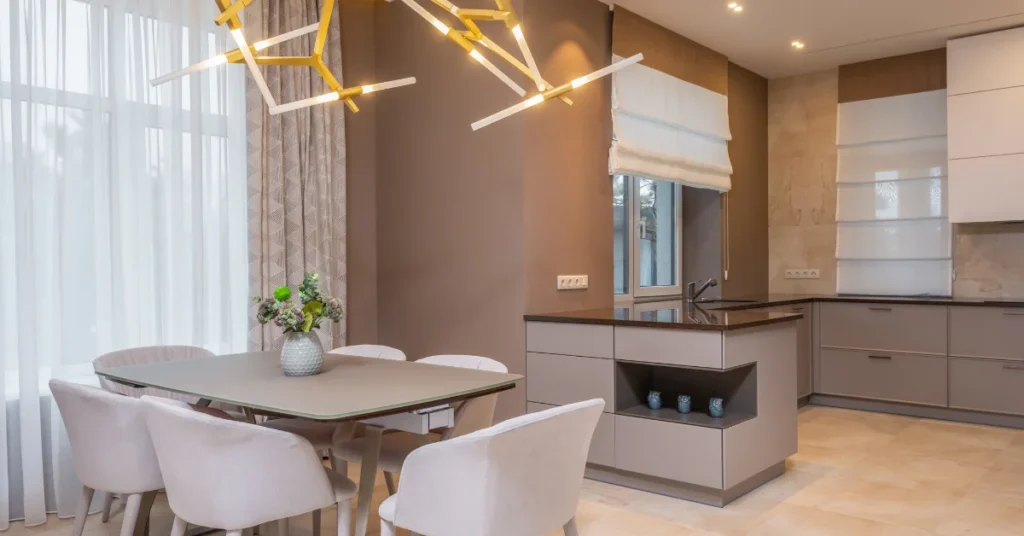
How to live a minimalist lifestyle is not a one-time event, but a continuous process. To sustain our minimalist lifestyle, we need to regularly review and simplify our possessions, build minimalist habits, and continue learning and growing.
Regular Review and Simplification
To maintain a minimalist lifestyle, we need to regularly review and simplify our possessions. We should ask ourselves if we really need the items we own and if they add value to our lives. We can donate or sell the items that no longer serve us. Additionally, we can set a limit on the number of possessions we own and stick to it.
Building Minimalist Habits
Building minimalist habits is crucial to sustaining on how to live a minimalist lifestyle. We can start by creating a routine for decluttering and simplifying our possessions. We can also develop habits such as reusing items, buying only necessities, and avoiding impulsive purchases.
Continual Learning and Growth
Continual learning and growth are essential to finding anwers on how to live a minimalist lifestyle. We can continue to learn about minimalism through books, podcasts, and blogs. We can also practice gratitude by keeping a gratitude journal and appreciating the quality items we own.
In summary, sustaining a minimalist lifestyle requires regular review and simplification of our possessions, building minimalist habits, and continual learning and growth. By doing so, we can live a simpler, more intentional life with only the items that add value to our lives.
Frequently Asked Questions
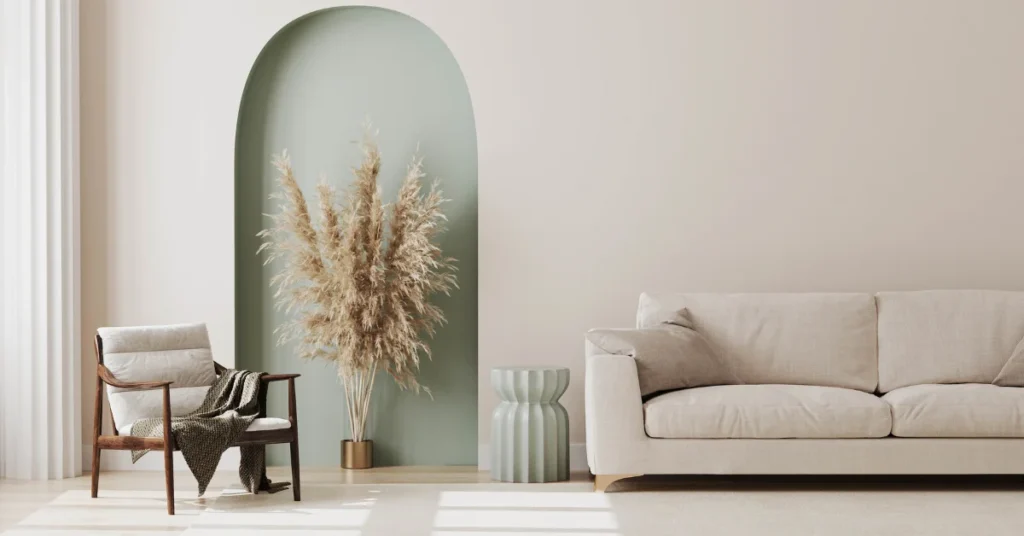
What are the first steps to adopting on your quest of how to live a minimalist lifestyle?
The first step to adopting of how to live a minimalist lifestyle is to declutter your living space. Start by getting rid of things that you don’t need or use. Take a look at your possessions and ask yourself if they bring value to your life. If they don’t, then it’s time to let them go. After decluttering, focus on simplifying your daily routine and reducing your consumption of unnecessary items.
Can you provide a checklist for transitioning to minimalism? Any Tipps, on how to live a minimalist lifestyle ?
Yes, we can. Here are some items to consider when transitioning to how to live a minimalist lifestyle:
Declutter your living space
Simplify your daily routine
Reduce your consumption of unnecessary items
Embrace quality over quantity
Focus on experiences over possessions
Practice gratitude and contentment
Live within your means
How can I maintain a minimalist wardrobe?
Maintaining a minimalist wardrobe while asking yourself how to live a minimalist lifestyle, requires a commitment to simplicity and quality. Start by donating or selling any clothing items that you don’t wear or that don’t fit properly. Invest in high-quality, versatile pieces that can be mixed and matched. Stick to neutral colors and classic styles that won’t go out of fashion. Finally, resist the temptation to buy new clothing items unless you truly need them.
What strategies can I use to involve my family in how to live a minimalist lifestyle?
To involve your family in how to live a minimalist lifestyle, start by leading by example. Show your family the benefits of living with less and emphasize the importance of experiences over possessions. Encourage your family to declutter their living spaces and get rid of things that they don’t need or use. Finally, make minimalist living a family activity by planning experiences and activities together that don’t require a lot of material possessions.
What does a day in the life of a minimalist typically entail?
A day in the life of a minimalist typically involves a focus on simplicity, mindfulness, and intentionality. Minimalists prioritize experiences over possessions and often spend their time engaging in activities that bring them joy and fulfillment. They may spend time in nature, practicing meditation or yoga, or pursuing creative hobbies. Minimalists also tend to prioritize self-care and may spend time cooking healthy meals or engaging in physical exercise.
How can I train myself on how to live a minimalist lifestyle within a month?
To train yourself on how to live a minimalist lifestyle requires to setting clear goals and intentions. Identify areas of your life where you can simplify and reduce consumption, such as your living space, wardrobe, and daily routine. Focus on one area at a time and gradually make small changes. Practice mindfulness and gratitude, and remind yourself of the benefits of living with less. Finally, seek support from others who are also committed to minimalist living.
We’ve provided valuable tips and tricks on how to live a minimalist lifestyle, but we’re eager to hear from you too! Do you have any personal strategies or unique experiences to share? Join the conversation in the comments below and let’s inspire each other!


